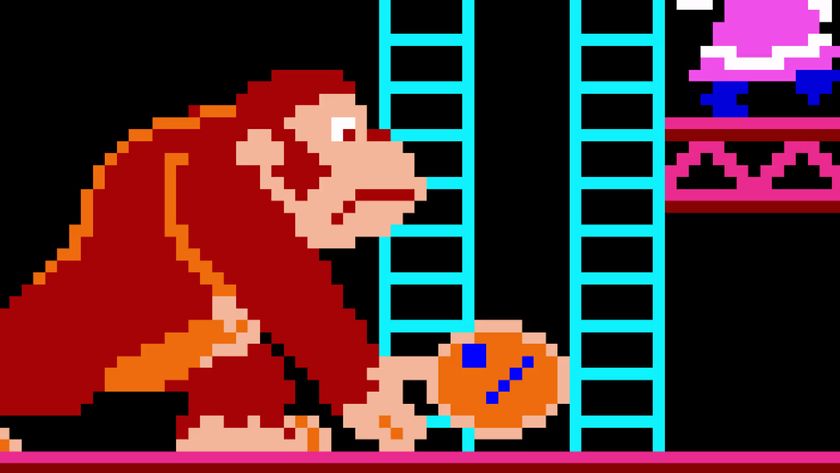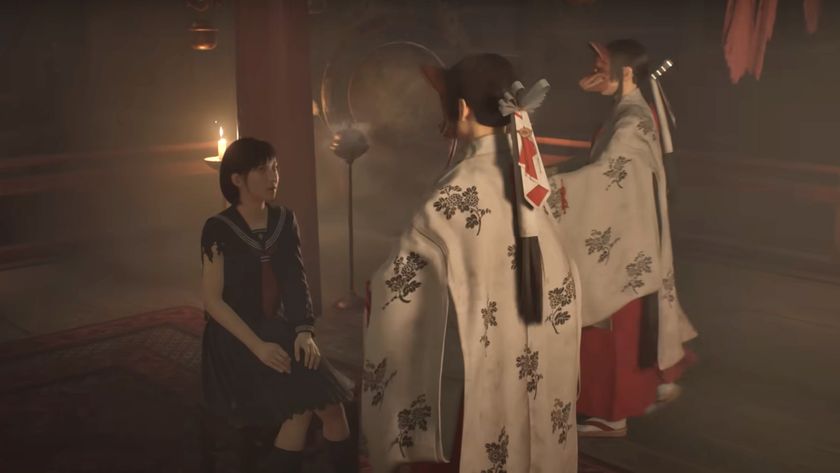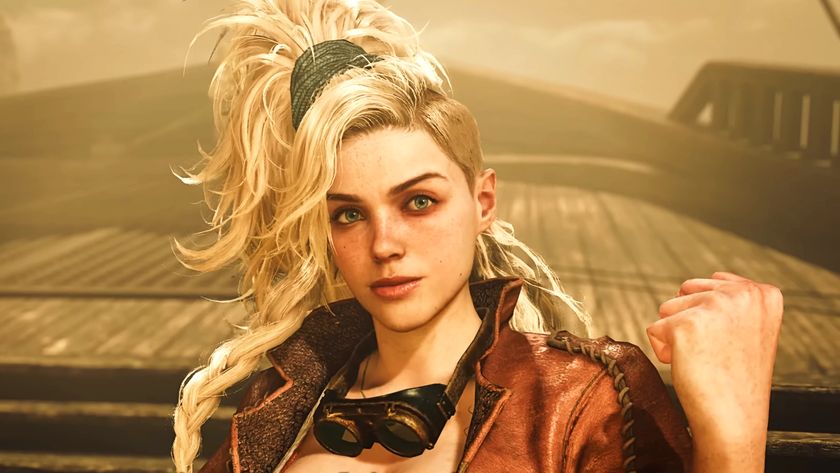Five weird, parallel worlds worth visiting
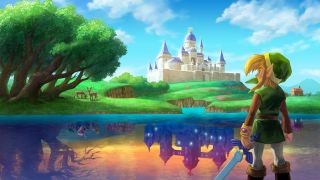
String theory
Video games open fantastic worlds to us with each and every title on the market, which we are all too happy exploring to our hearts' content. In the process, we become at home with our surroundings, noting every little detail, landmark, and shortcut as we move ever closer to the end of the game. But some titles change these details and pathways slightly to present us with a separate world entirely. Suddenly, what was once familiar becomes new and alien.
The Legend of Zelda: A Link Between Worlds is just the latest in a long line of games that attempt to double your pleasure by doubling their real estate. That's why we're taking a look back at other games with parallel worlds and how the dynamic enhances the gameplay by subverting our expectations.
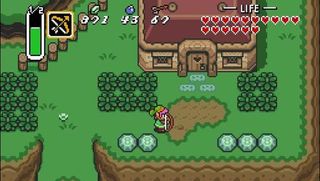
The Legend of Zelda: A Link to the Past has Hyrule...
The game that A Link Between Worlds plays sequel to, A Link to the Past, expanded the role that the wish-granting Triforce plays in the Zelda mythology. In the NES original, the triangles were simply objects of great power and provided Link with the requisite MacGuffins necessary to reach evil pigman Ganon and beat the game. But A Link to the Past told of their creation at the hands of goddesses and the divine world where they resided, one that was attractive to a newly human Ganondorf, who ultimately became trapped within said divine world to set up LttPs story.
Hyrule itself is a sprawling world complete with a town full of people, local wildlife who don't take kindly to being poked with a sword, and ancient ruins full of powerful relics to discover. Vibrant colors, like the blue rivers and the green grass and trees, make you feel like you're walking through some sort of fairy tale. Traversing the majority of the map will take about the first half of the campaign, but just as the sunny, welcoming landscape shows you all it has to offer, you're thrown into a much darker alternate Hyrule.
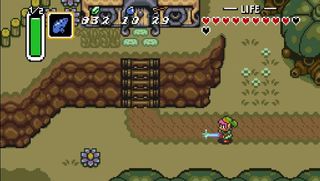
...and the Dark World
On the way to the third dungeon, you must step through a portal to the game's Dark World and find yourself transformed into a bunny rabbit. That fate wouldn't be so bad if it didn't prevent you from using your weapons--weve never met a rabbit that could hold a sword. You leave well before you go hopping mad, but the message is loud and clear: The Dark World curses all who enter to become a twisted version of themselves.
Its corrupted nature permeates the landscape as much as it does its inhabitants. For instance, the vibrant Hyrule is replaced by a very Halloween-like aesthetic. But all is not lost, as you can return to the cheerier version of Hyrule using a Magic Mirror, creating a portal in the process. This dichotomy between the worlds becomes the crux of how you find the remaining dungeons. The mirror will help you reach areas you couldn't before, and changing something in one dimension will sometimes have an effect on the other. This stupendous gameplay integration of another reality is why A Link to the Past remains an industry standard in parallel world implementation.
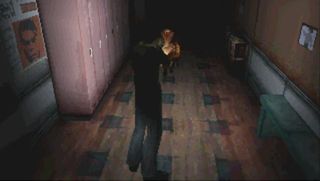
Silent Hill takes place in the city of Silent Hill...
In the early days of the PlayStation, survival horror rose to prominence with Resident Evil, Capcom's tribute to lovably trashy zombie movies. But the potential remained for a horror game with a more psychological bent. Enter Silent Hill, a much more serious title that utilizes its environment to scare as much as its creatures.
The streets of a franchise entry's town, whether it be Silent Hill itself or a similar locale, are filled with an obscuring fog, making buildings and enemies barely visible. And locations like the first game's school creeped us out with ambient sounds in a mostly-empty building, throwing in just a dash of threatening, bizarre enemies to keep us on our toes. But it's the overall atmosphere that makes Silent Hill scary, especially when it shows its truly twisted side.
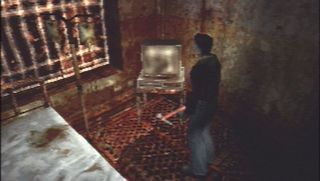
...and Otherworld
At specific points in each of the games, the spooky levels turn downright hellish, transforming the landscape to fit many different horrific themes. Most often, the architecture becomes industrial, with rusty chain-link fences and metallic churning in the distance, but the aesthetic often depends on the protagonists mental state. Shattered Memories' Harry experiences a world encased in ice, and Silent Hill 2 supporting character Angela sees everything on fire.
Actually exploring this new state of being--Otherworld--unnerves by rearranging the levels. Rooms that previously were inaccessible may suddenly open themselves to you, and hallways often become blocked off by mysterious piles of debris that werent there before. More obvious touches, like an evil-looking statue that doubles as a puzzle, fill in the creepy blanks. It's because of this that Silent Hill's level design double dip works as well as it does. After all, ripping the familiar from a player knocks them off balance, making them more vulnerable to scares.
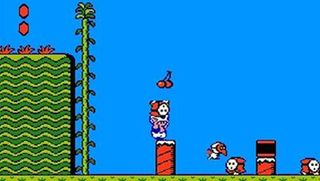
Super Mario Bros. 2 has Subcon...
Sporting some strange and unexpected divergences after the cultural zeitgeist that was Super Mario Bros., the sequel already began in an alternate dimension of sorts. After the crew trashes final boss Wart, the game reveals that Subcon was nothing more than Mario having a dream. Suddenly, every odd detail in this second Mario Bros. starts to makes sense.
The game begins with your chosen character falling from a door in the sky. Players soon discover that you can't simply stomp on enemies to kill them, nor do you need to punch blocks from underneath to claim their powerful contents. In order to dispatch foes, you need to pick up objects (or even other enemies) and throw them at the creatures. Anyone trying to play as Luigi, Toad, or the Princess finds they use distinctly different jump physics--Mario stays basically the same as the everyman. And the enemies themselves share little in common with those found in the Mushroom Kingdom, with masked beasts intermingling with egg-spitting anthropomorphic dinosaurs, which are somehow more strange than killer turtles.
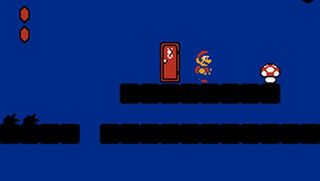
...and Sub-Space
Thats odd enough, but find a bottle and another layer of Subcon reveals itself to you: Sub-Space. When you throw the strange potion on the ground, a door appears that leads to seemingly the same spot, except everything is cloaked in shadow and the layout is reversed. No enemies appear here, and pulling up the plants will often produce coins used in the end-of-stage slot machine mini-game. Very specific areas will feature a large mushroom that you can pick up to add to your maximum life total or even a hidden warp zone thatll zip you to a later level.
Sub-space can't compare to other games in this feature because the world within a world is limited to a single screen, but the fact that it exists remains impressive in context. Even though you travel there for only a few minutes of the entire time playing, the game designers took into account every inch of each level for a potential Sub-Space intrusion. Limited as it is, Sub-Space showed the potential for parallel worlds in games.
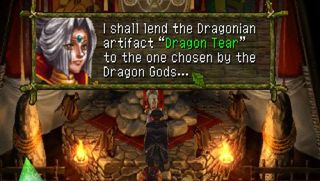
Chrono Cross has El Nido...
Japanese role-playing masterpiece Chrono Trigger makes exquisite use of multiple world conditions, but its all under the conceit of time travel. PlayStation sequel Chrono Cross, however, abandons the epoch-hopping gameplay of its predecessor. It instead focuses on a single chain of islands known as El Nido, giving the setting a tropical, ocean-faring vibe.
Cross also exhibits a more interpersonal theme than its predecessor. You can recruit up to forty-five different characters, making interacting with NPCs more important than normal. You don't have to jump through any dialogue trees, though, as you merely need to find the place and time the game will let you recruit them at. Thats already a tall order in the similarly paced Suikoden games, which also feature a large cast of recruitable characters, but it becomes even more complicated when you realize Another World exists.

...and Another World
Much like Star Trek's Mirror Universe, El Nido features two nearly identical worlds, though you won't find any evil twins sporting goatees. Rather, the result of someone messing with the timeline resulted in two separate, but similar, worlds. This one act created differing histories and circumstances. Certain characters are dead in one world, but alive and ready to recruit in the other. Talking to both them and their families and friends will help you piece together their fates, which still can be remarkably similar to each other save for one small but important detail.
Just as learning about the people of El Nido is key, the two worlds allow you to view their story from different angles, giving you insight into what you need to do in order to find and recruit them. Indeed, several require you to travel back and forth between the two in order to seal the deal. This is the heart of Chrono Cross and its twin dimensions: It doesn't matter that the worlds themselves are geographically identical for the most part. The key differences are the people who inhabit them.
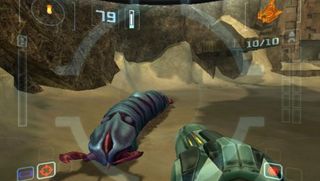
Metroid Prime 2: Echoes has Aether...
Parallel world design can create some unfortunate side effects for many, a phenomenon most apparent when looking at Metroid Prime 2: Echoes. As the sequel to one of the best-reviewed games of all time, it was already facing an uphill battle. Certainly the Prime formula became a bit more rote via a similar sequel. But the level design itself seemed to exacerbate the flaws of its predecessor for many.
Even for a game about exploration, Metroid Prime 2 requires a fair bit of backtracking through environments that are much less gamey than its predecessor. Where the first game has a lava, ice, and militant regions, 2's feel more organic, like an arid wasteland and a swamp. And the penultimate goal requires you to go on a scavenger hunt across every level you've already visited. To many gamers, the dull, repetitive level design only doubled once you took into account Dark Aether.
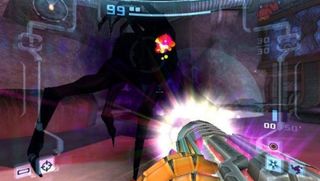
...and Dark Aether
As the requisite labyrinthine planet for a Metroid game, Aether only tells part of the story of Metroid Prime 2. Shadowy and alien, it has more than a little in common with A Link to the Past's Dark World, right down to the gates you use to access it. But Dark Aether feels more like an empty void than the dense attractions of the Dark World, an echo that the designers supposedly used to pad the experience with recycled level design.
And yet Dark Aether managed to triumph in a way that A Link to the Past failed: selling the hostile dynamic of this supposedly evil world. Unlike Link's brief flirtation with bunny ears, Dark Aether truly feels like a corrupted, inhospitable version of an otherwise normal planet. Traversing outside of the light will drain your energy away, forcing you to cling to the beacons until you find better protection. Dark Aether does not want you there, a fact that is only as effective as it is because it is juxtaposed with a more Earth-like counterpart.
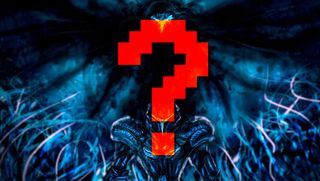
Worlds Apart
Those are the highlights of some of our favorite parallel worlds, but are there any we forgot to visit? If we missed your favorite dimension-hopping adventure, please feel free to post about them in the comments!
And if you're looking for more, check out the 10 coolest alternate histories in video games and our pick for gaming's most ridiculous alternate fighting game costumes.

